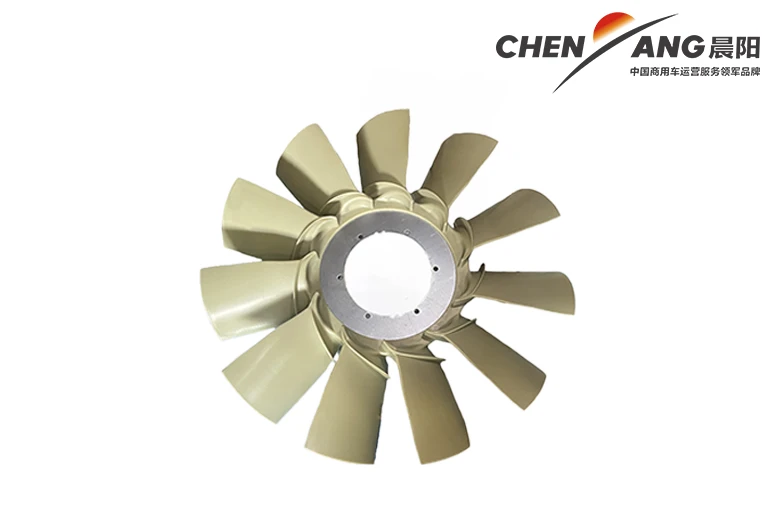Cabinet Assembly Process for Efficient Furniture Setup and Design
Cab Assembly The Heart of the Manufacturing Process
Cab assembly is a crucial phase in the manufacturing line of various vehicles, especially in the automotive and heavy machinery industries. This process not only involves the construction of the cab, where operators or drivers sit, but also integrates numerous components that ensure safety, functionality, and comfort. As technology advances and consumer expectations rise, the cab assembly process has evolved significantly. This article explores the importance of cab assembly, the modern techniques used, and its future prospects.
The Importance of Cab Assembly
The cab is more than just a physical compartment; it is the operational hub of any vehicle. It houses essential instruments, controls, and safety features that facilitate efficient driving, operating machinery, or managing workflow. In trucks and construction vehicles, for instance, the cab is where drivers interface with advanced systems that enhance their productivity and safety.
Moreover, cab assembly plays a crucial role in the overall ergonomics of a vehicle. A well-designed cab can reduce operator fatigue, improve visibility, and enhance maneuverability. As such, manufacturers invest heavily in research and development to create cabs that not only meet regulatory standards but also exceed user expectations.
The Cab Assembly Process
The cab assembly process typically involves several stages, including design, component sourcing, and assembly on the production line
.1. Design Phase In this initial stage, engineers and designers collaborate to create detailed specifications for the cab. They consider factors such as aerodynamics, visibility, accessibility, and user comfort. Advanced software tools, including Computer-Aided Design (CAD) systems, are utilized to visualize the cab structure and make necessary adjustments before production begins.
2. Component Sourcing Once the design is finalized, manufacturers source various components required for the cab. These may include windows, doors, dashboard electronics, seats, and safety features such as airbags and seatbelts. Sourcing quality components is essential for ensuring the final product's durability and safety.
3. Assembly Line Production The assembly line is where the magic happens. Workers and robots collaborate to bring the cab to life. Modern assembly lines often employ lean manufacturing principles aimed at reducing waste and optimizing efficiency. Utilization of robotic arms for tasks, such as welding and painting, speeds up production and improves precision.
cab assembly

4. Quality Control After assembly, each cab undergoes rigorous quality checks to ensure all components function correctly and meet safety standards. This phase is crucial for maintaining the manufacturer's reputation and ensuring customer satisfaction. Any defects are addressed promptly, and the involved cabs are either repaired or scrapped.
Innovations in Cab Assembly
The advent of new technologies has also transformed cab assembly. Automation and robotics have streamlined processes, allowing for faster production times and increased accuracy. Techniques like 3D printing are being explored for creating prototype components, which can reduce lead times and design costs. Additionally, the integration of smart technologies into cabs has led to the development of customized solutions, enhancing the overall user experience.
Another significant innovation in cab assembly involves the use of virtual reality (VR) and augmented reality (AR) during the design and training processes. Manufacturers can now visualize the assembly process, identify potential challenges early on, and train staff efficiently without needing physical prototypes.
Future Prospects
As the automotive industry shifts towards electrification and automation, the cab assembly process is likely to see continued evolution. Electric and autonomous vehicles will require new layouts and interfaces tailored to their unique functionalities. For example, the demands for cabin space in electric vehicles could increase due to battery storage, prompting a rethinking of design elements and assembly processes.
Furthermore, with the rise of sustainability concerns, manufacturers will also focus on sourcing eco-friendly materials and implementing green practices in their assembly lines. These changes aim to reduce the overall environmental impact of vehicle production, an increasingly significant factor in consumer decision-making.
Conclusion
Cab assembly is a pivotal aspect of vehicle manufacturing that combines engineering, design, and innovative technologies. It is essential for delivering safe, functional, and comfortable vehicles to consumers. As we look to the future, ongoing advancements in design, automation, and sustainability promise to redefine the cab assembly process, ensuring it meets the demands of an evolving market while enhancing operational efficiency and user satisfaction. The continuous improvement in cab assembly signifies not just progress in manufacturing but also a commitment to enhancing the driving experience in vehicles across all sectors.
-
SINOTRUK HOWO 84 Electric Dump Truck for Eco-Friendly Heavy HaulingNewsJul.26,2025
-
The Fast 16-Gear Manual Transmission Assembly for Heavy TrucksNewsJul.25,2025
-
Mercedes Benz Actros 1848 42 Tractor Truck for Sale - Reliable PerformanceNewsJul.24,2025
-
High-Quality Water Pump Assembly for Sinotruk Trucks – Durable & ReliableNewsJul.23,2025
-
Premium Truck Engine Antifreeze Coolant Fluid for Heavy Duty VehiclesNewsJul.22,2025
-
FOTON View G7 Mini Bus: Affordable & Spacious TransportNewsJul.22,2025
Popular products

























